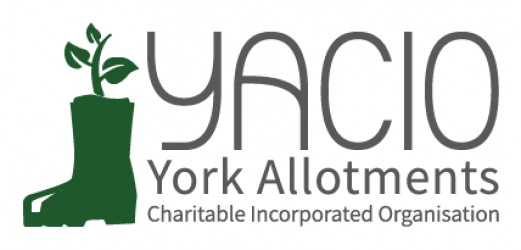There’s a subtle shift in season just now, as you’re probably noticing. As gardeners we’re always looking ahead – mindful living in the present moment doesn’t yield crops for next year! Which isn’t to say that it’s not wonderful to have some moments to sit and enjoy your plot at this point of high summer and productivity; just that we can also be planning for what comes next. It’s always good to keep notes of how your past plans have worked out, or not….as well as plans of the plot beds so you can rotate crops next year.
So as you lift second early potato crops, look ahead and sow some quick maturing brassicas and salads on those fertile beds. If you mulched the potatoes well, the soil will be gorgeous now: soft, moist, rich in organic matter and microbial activity. Chinese cabbages, pak chois, lettuces, land cress, turnips and radishes can all go in now, for green vitality later in the year. The wild rocket you may have been enjoying so far this summer will start to go to seed – which you can save for next year’s crop. But now summer rocket can be sown and those plants should stand through the winter well, going to seed in late spring. All those crops need netting of course, against other hungry species.
On warm dry mornings you can pick herbs to take home to dry. Generally their vigour, essential oils and taste and efficacy is strongest just before flowering. Lemon balm, marjoram, oregano, thyme, tarragon, dill, coriander are all ready for a first cropping now. There are so many uses for herbs, as teas, in cooking and in health promoting tinctures using alcohol or cider vinegar. Hang them in bunches somewhere dry, so maybe from your banisters rather than in the kitchen which might get too hot and steamy. Certainly there will be heat and steam if you’re making jam, chutneys or bottling fruits. Freshness is crucial here: it was found that bottled blackcurrants stored in a dark place for six months had a much higher vitamin c content than so called ‘fresh’ fruit bought from a greengrocer. So however you’re choosing to process, preserve and store your produce, pick it and deal with it within hours.
You could be harvesting your garlic and onions now, setting them to dry on open weave trays or racks or baskets before storing them somewhere cool and dark. It’s easy fun to make a traditional garlic plait which you can hang to impress your friends!
Some summer fruit pruning can be done: as raspberries ripen, cut out the old canes and tie in the new softer greener growth. This helps to reduce pest risk next year. You can stack the canes tidily at the bottom of a hedge to provide invertebrate habitat. It’s also a good time to shorten the new growth of espalier or cordon apples, so energy goes to fruit production not more vegetative growth. The same goes for tomatoes: take off the lower leaves now to let the trusses set well. And spend a bit of time picking up fallen apples and putting them on the compost to deter sawflies from completing their life cycle and getting into your fruit another time.
So still plenty to be doing and planning – but enjoy those quiet reflective moments in the present as well.
Plotlines, written by one of our York allotmenteers, is a twice monthly blog aimed at anyone who would like some guidance about growing on an allotment.


